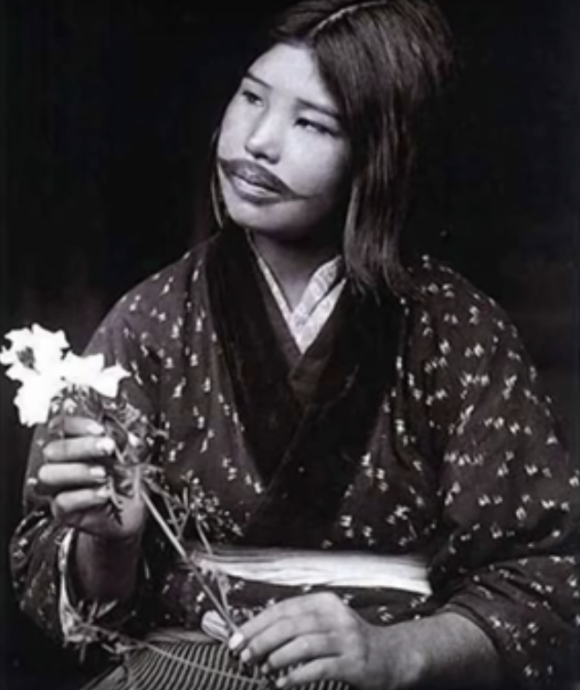
Bear sacrifice, female tattooing and fish-skin boots are all hallmarks of Ainu culture. Join us as we learn about Japan’s indigenous people and watch an intriguing video about their way of life.
The Ainu are the indigenous inhabitants of Japan’s northern-most island of Hokkaido. The Ainu also populated the Kuril and Sakhalin islands. Hokkaido, called Ezo until 1869, was acquired by Japan during the Tokugawa Shogunate (1603–1868) purposing to be a buffer for protection from Russia. But it wasn’t until 1947 that Hokkaido was awarded the status of “prefecture” and only in 2008 were the Ainu formally recognized as indigenous people of Japan.
The Ainu had a particular culture and way of life that would be banished under the Edo government when they imposed strict orders for the Ainu to adopt mainstream Japanese life and customs. Although there are still an estimated 24,000 Ainu living in Japan, they remain a marginalized people who suffer from the effects of subjugation, deracination and compromised identity.
At the end of this article is a video of this indigenous people’s life of 100 years ago, giving us insight into the ways of the Ainu, their artifacts, customs and fascinating traditions. But before we watch it, we’ll give some background information you’ll need to understand many of the images that may not be so evident otherwise.
Ainu Relationship with Bears
The Ainu revered nature and believed that gods descended upon earth disguised as animals, plants or other objects in order to provide for humans.
Ceremonies were held to send back the spirits of animals to heaven. One of these ceremonies, called iyomante, was held between January and February, when the Ainu sacrificed bears (or sometimes owls). Bears were hunted at the end of their hibernation period and cubs were captured from the dens. The people then raised the cubs themselves. When the cub-come-pet turned about two years old he’d be sent back to heaven in a bear sacrifice where he would relay the messages of the people to “the great father bear in the sky.” The bear’s meat and pelt was then used for food and clothing and his skull was attached to a pole for worship as a bear god.
▼ A Japanese scroll painting of an Ainu bear sacrifice (c. 1870).
Music and Dance
Music was performed on the mukkuri and tonkori stringed instruments.
▼ Tonkori
Some festival songs are performed by women while sitting in a circle drumming the lid of a container and singing words in a round or a chorus.
▼ Ainu women perform a dance in a group.
Marriage
From the age of 12, women started a long process of tattooing, marking the lips, hands and arms over a three-year period. When the process was complete, usually around age 15 or 16, she was eligible for marriage. Tattooing was a woman’s domain and only women tattooed each other. The Japanese government banned tattooing in the Edo period for being “cruel” and, presumably, because tattooing was associated with felonious activity in Japan.
▼ An Ainu woman with tattooed lips
▼ Tattooed designs on hands.
Some marriages were arranged by parents whereas others were mutual consent. When a man wanted to propose to a woman, he went to her house where a simple procedure was conducted to decide whether they’d be betrothed. The girl would serve her suitor a bowl of rice, and he would eat half the rice and hand the bowl back to her. If she took kindly to this gesture and finished the other half, that was taken as a sign of acceptance of the proposal. However, if she put the rice down next to her, ignoring it, that was a rejection.
▼ To finish the bowl of rice, or not to…
At the wedding ceremony, the couple would repeat the rice bowl ritual with both parties finishing their half.
When children came along, babies were given nicknames until around age two or three, after which they were bestowed a permanent name.
Traditional Dress
The original Ainu clothing was made from “birdskin” and feathers, as well as the hides of bear, deer, fox, seal, dog, and others. Some clothing was even fashioned from “fishskin” of salmon and trout. Other attire was crafted from plant material, such as wild rye and bark from Elm trees (called “attush.”) The Sakhalin Ainu wore white clothes made from the fiber of the Staff tree, for example. For formal occasions these plain clothes were adorned with applique and embroidery. As time went on and cotton was traded from mainland Japan, the applique and embroidery became more elaborate.
▼ Ainu women donned embroidered headbands, earrings and long necklaces of glass beads.
▼ Men often had beards and carried short swords which they draped over one shoulder.
Food
In the summers the Ainu fished for salmon and sea urchins and used wooden canoes. Salmon and trout were killed individually with spears, through basket traps or by damning rivers. In the ocean they hunted swordfish, tuna, sunfish, seals, dolphins and whales.
When the harsh winters came upon them, they turned to hunting bear, deer, and other animals which they boiled, dried and smoked. Smoking was done indoors over a fire, after which the meat was wrapped in birch bark and stored.
You can try Ainu food such as rataskep (a stewed dish with sauces), ohaw (soup), and mefun (salted fish entrails) at “HaruKor,” a restaurant in Tokyo.
▼ Venison steak at HaruKor.
Language
The Ainu have their own language, but not a writing system, resulting in a strong oral tradition of passing down stories and rules over generations. Many of Hokkaido’s place names are derived from Ainu language, such as Sapporo (dry, large river), Muroran (small slope), and Lake Toya (pond shore).
We’ll leave you now with this short video, which takes a nostalgic look at some of the Ainu’s cultural traditions through 100-year-old photos plus video footage. Enjoy!
Source: Ainu Museum, Poroto Kotan Ainu Museum (Shiraoi)
Images YouTube (jicken5) unless otherwise noted.
You may also enjoy:
Vanishing Japan: Five things to see before they disappear completely

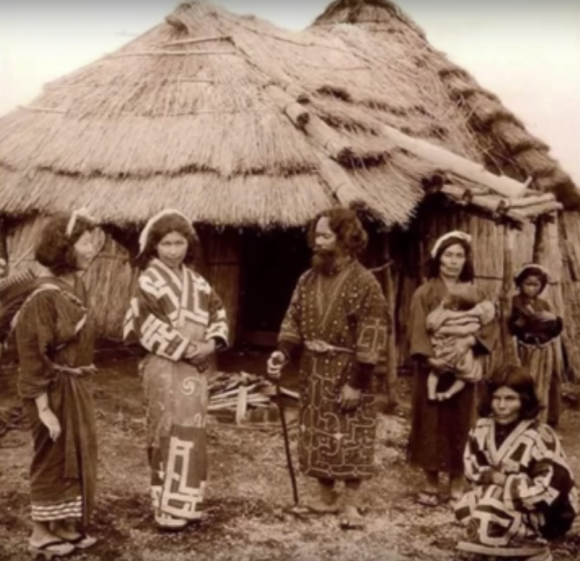
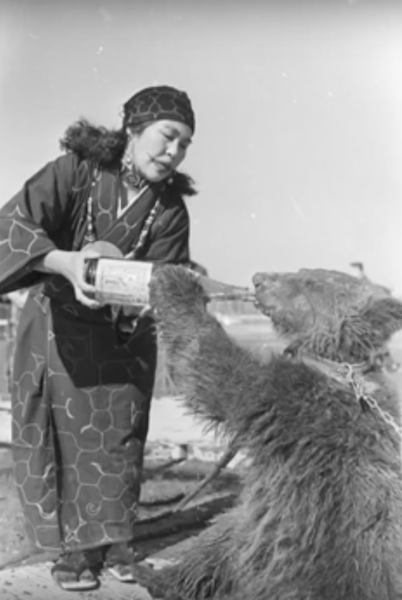
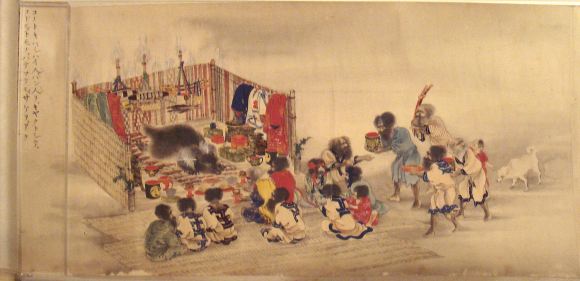
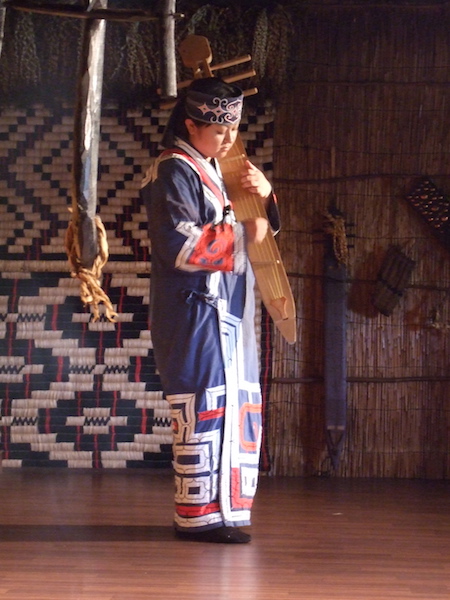
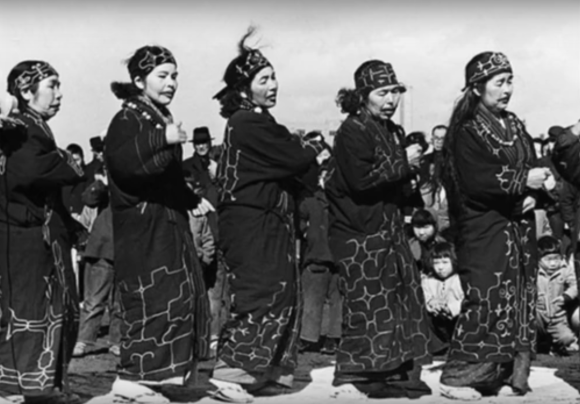
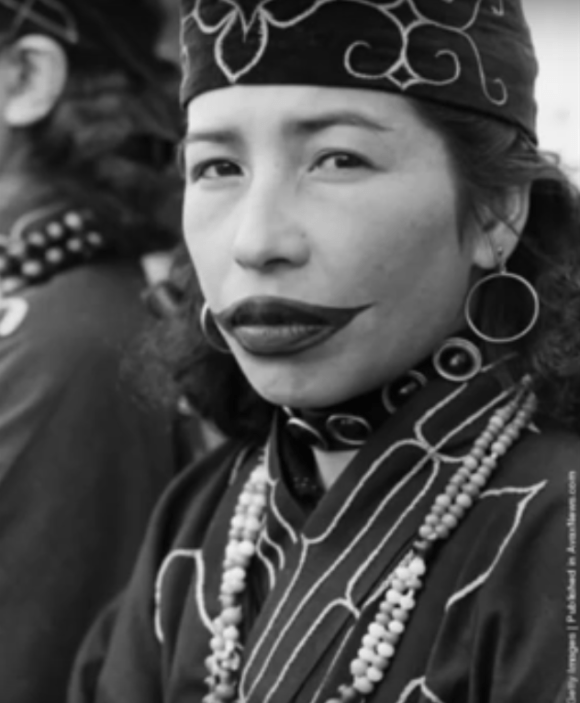
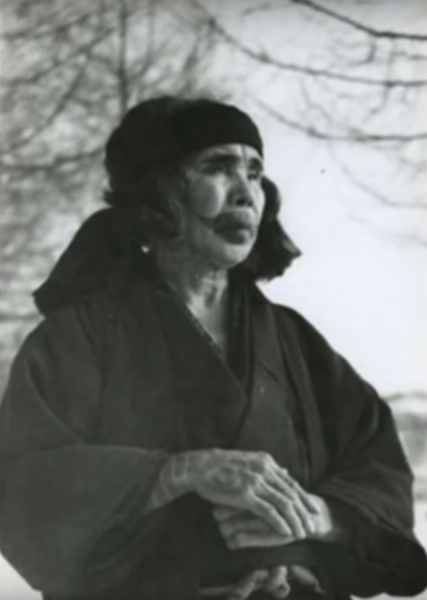
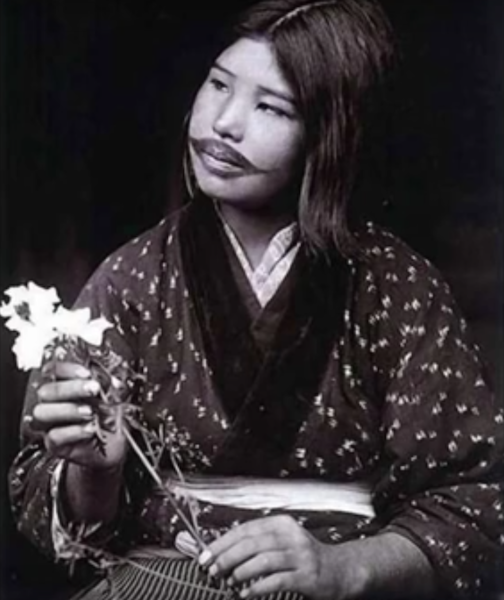
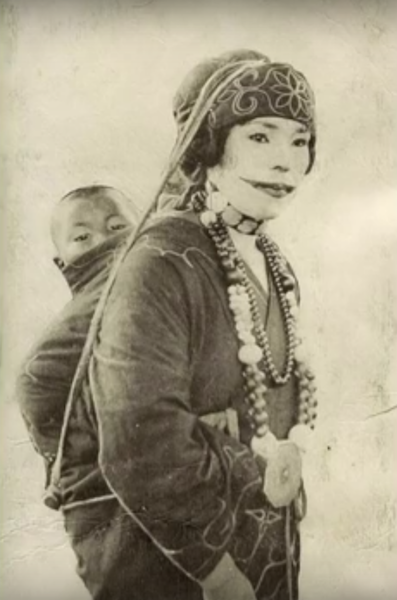
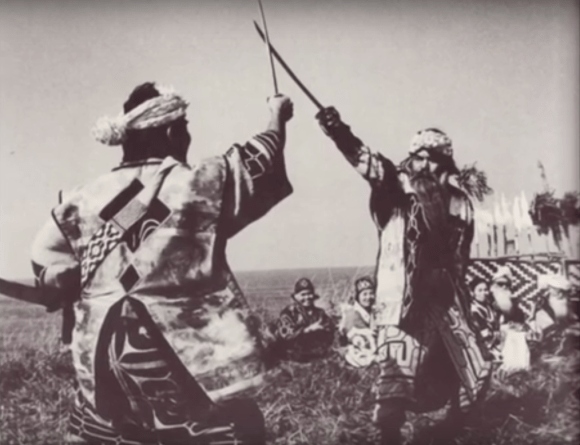

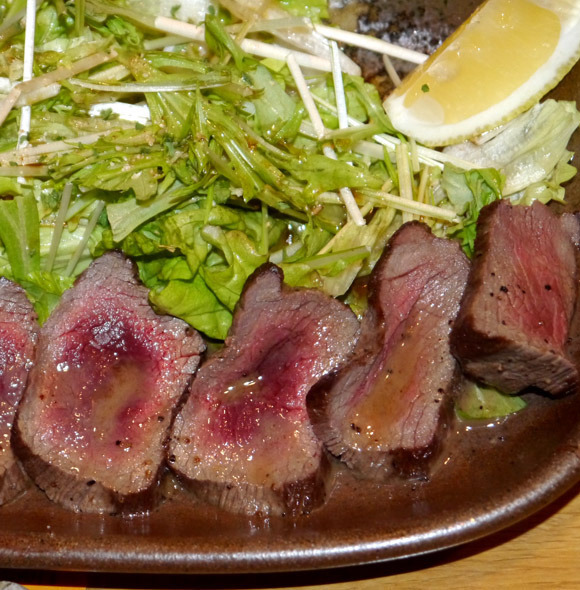
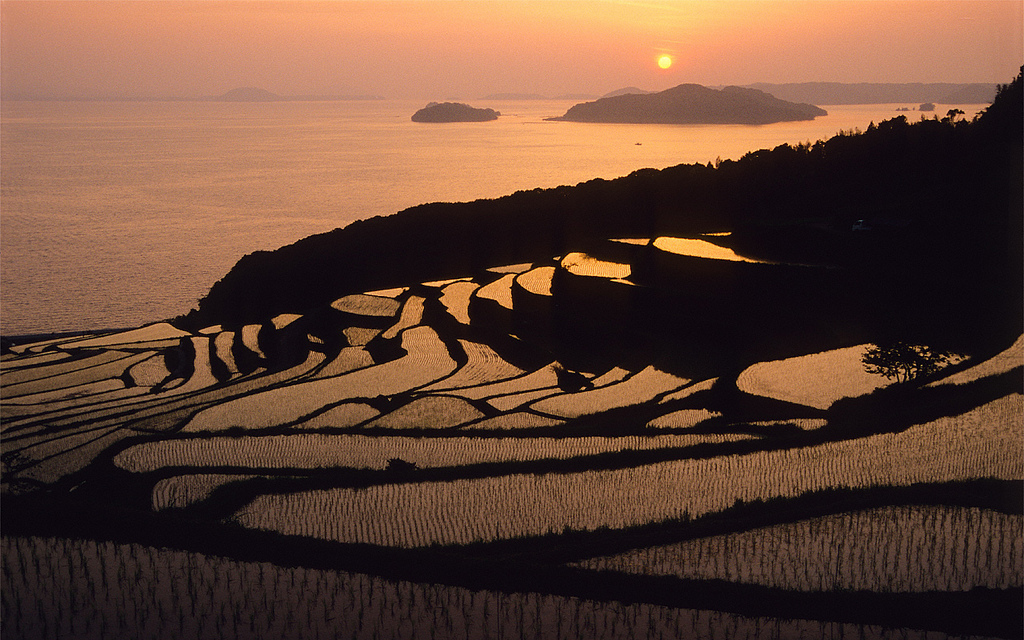
 Journey through Ainu myth in the old-meets-new forest night walk Kamuy Lumina experience
Journey through Ainu myth in the old-meets-new forest night walk Kamuy Lumina experience Tokyo popup shop sells Japanese indigenous Ainu-inspired tableware for limited time
Tokyo popup shop sells Japanese indigenous Ainu-inspired tableware for limited time Adorable two-yen stamp distracts us from our anger over Japan’s impending tax hike
Adorable two-yen stamp distracts us from our anger over Japan’s impending tax hike We read and then eat a rare edition of the Hokkaido Shimbun newspaper made out of kelp
We read and then eat a rare edition of the Hokkaido Shimbun newspaper made out of kelp Big win for tattoo artists: Japan’s Supreme Court rules medical licenses aren’t necessary
Big win for tattoo artists: Japan’s Supreme Court rules medical licenses aren’t necessary Foreigner’s request for help in Tokyo makes us sad for the state of society
Foreigner’s request for help in Tokyo makes us sad for the state of society Mikado Coffee is a 76-year-old coffee chain with a major celebrity connection
Mikado Coffee is a 76-year-old coffee chain with a major celebrity connection Should you add tartar sauce to Japanese curry rice? CoCo Ichi makes diners an unusual offer
Should you add tartar sauce to Japanese curry rice? CoCo Ichi makes diners an unusual offer Seaside scenery, history, and so many desserts on Yokohama’s Akai Kutsu【Japan Loop Buses】
Seaside scenery, history, and so many desserts on Yokohama’s Akai Kutsu【Japan Loop Buses】 Red light district sushi restaurant in Tokyo shows us just how wrong we were about it
Red light district sushi restaurant in Tokyo shows us just how wrong we were about it Akihabara pop-up shop sells goods made by Japanese prison inmates
Akihabara pop-up shop sells goods made by Japanese prison inmates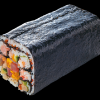 The greatest sushi roll in Japanese history is actually nine sushi rolls in one【Photos】
The greatest sushi roll in Japanese history is actually nine sushi rolls in one【Photos】 Man arrested in Japan for selling modified Pokémon to Sword and Shield players
Man arrested in Japan for selling modified Pokémon to Sword and Shield players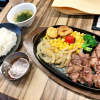 Akihabara restaurant Dante’s 10-buck steak: delicious, and so divinely cheap it feels like a sin
Akihabara restaurant Dante’s 10-buck steak: delicious, and so divinely cheap it feels like a sin Tokyo’s amazing 2D Cafe looks like an illustration, but it’s an actual restaurant you can eat in!
Tokyo’s amazing 2D Cafe looks like an illustration, but it’s an actual restaurant you can eat in! McDonald’s new Happy Meals offer up cute and practical Sanrio lifestyle goods
McDonald’s new Happy Meals offer up cute and practical Sanrio lifestyle goods Japanese ramen restaurants under pressure from new yen banknotes
Japanese ramen restaurants under pressure from new yen banknotes French Fries Bread in Tokyo’s Shibuya becomes a hit on social media
French Fries Bread in Tokyo’s Shibuya becomes a hit on social media New private rooms on Tokaido Shinkansen change the way we travel from Tokyo to Kyoto
New private rooms on Tokaido Shinkansen change the way we travel from Tokyo to Kyoto Tokyo Tsukiji fish market site to be redeveloped with 50,000-seat stadium, hotel, shopping center
Tokyo Tsukiji fish market site to be redeveloped with 50,000-seat stadium, hotel, shopping center Japanese city loses residents’ personal data, which was on paper being transported on a windy day
Japanese city loses residents’ personal data, which was on paper being transported on a windy day Beautiful Ghibli sealing wax kits let you create accessories and elegant letter decorations【Pics】
Beautiful Ghibli sealing wax kits let you create accessories and elegant letter decorations【Pics】 Secret Kitchen bento serves Japanese flowers, birds, wind and moon in a box, but is it worth it?
Secret Kitchen bento serves Japanese flowers, birds, wind and moon in a box, but is it worth it? New definition of “Japanese whiskey” goes into effect to prevent fakes from fooling overseas buyers
New definition of “Japanese whiskey” goes into effect to prevent fakes from fooling overseas buyers Our Japanese reporter visits Costco in the U.S., finds super American and very Japanese things
Our Japanese reporter visits Costco in the U.S., finds super American and very Japanese things Studio Ghibli releases Kiki’s Delivery Service chocolate cake pouches in Japan
Studio Ghibli releases Kiki’s Delivery Service chocolate cake pouches in Japan All-you-can-drink Starbucks and amazing views part of Tokyo’s new 170 meter-high sky lounge
All-you-can-drink Starbucks and amazing views part of Tokyo’s new 170 meter-high sky lounge More foreign tourists than ever before in history visited Japan last month
More foreign tourists than ever before in history visited Japan last month New Pokémon cakes let you eat your way through Pikachu and all the Eevee evolutions
New Pokémon cakes let you eat your way through Pikachu and all the Eevee evolutions Disney princesses get official manga makeovers for Manga Princess Cafe opening in Tokyo
Disney princesses get official manga makeovers for Manga Princess Cafe opening in Tokyo Sales of Japan’s most convenient train ticket/shopping payment cards suspended indefinitely
Sales of Japan’s most convenient train ticket/shopping payment cards suspended indefinitely Sold-out Studio Ghibli desktop humidifiers are back so Totoro can help you through the dry season
Sold-out Studio Ghibli desktop humidifiers are back so Totoro can help you through the dry season Japanese government to make first change to romanization spelling rules since the 1950s
Japanese government to make first change to romanization spelling rules since the 1950s Ghibli founders Toshio Suzuki and Hayao Miyazaki contribute to Japanese whisky Totoro label design
Ghibli founders Toshio Suzuki and Hayao Miyazaki contribute to Japanese whisky Totoro label design Doraemon found buried at sea as scene from 1993 anime becomes real life【Photos】
Doraemon found buried at sea as scene from 1993 anime becomes real life【Photos】 Tokyo’s most famous Starbucks is closed
Tokyo’s most famous Starbucks is closed One Piece characters’ nationalities revealed, but fans have mixed opinions
One Piece characters’ nationalities revealed, but fans have mixed opinions We asked a Uniqlo employee what four things we should buy and their suggestions didn’t disappoint
We asked a Uniqlo employee what four things we should buy and their suggestions didn’t disappoint Survey picks Japan’s top three (actually four) open-air museums【Photos】
Survey picks Japan’s top three (actually four) open-air museums【Photos】 That moment when Google Maps tells you there’s a crab claw somewhere…and there actually is!
That moment when Google Maps tells you there’s a crab claw somewhere…and there actually is! Japanese Self-Defense Force mulls removing its ban on tattoos
Japanese Self-Defense Force mulls removing its ban on tattoos Tokyo hot spring allows guests with tattoos to bathe… with some very odd restrictions
Tokyo hot spring allows guests with tattoos to bathe… with some very odd restrictions Government begins study into tattoo bans in public baths
Government begins study into tattoo bans in public baths Tattooed Japanese woman suing nursing school after being suspended because of her ink
Tattooed Japanese woman suing nursing school after being suspended because of her ink “Animals as Art” releases incredibly realistic, life-size polar bear figures 【Video】
“Animals as Art” releases incredibly realistic, life-size polar bear figures 【Video】 The depressing diet of a Tokyo prostitute during Japan’s Edo period
The depressing diet of a Tokyo prostitute during Japan’s Edo period Onsen in Nagano will now welcome foreigners with tattoos, as long as they patch ’em up
Onsen in Nagano will now welcome foreigners with tattoos, as long as they patch ’em up Is it possible to make a cheap senbero drinking party with your dog? 【Japan’s Best Home Senbero】
Is it possible to make a cheap senbero drinking party with your dog? 【Japan’s Best Home Senbero】 U.S. college student learns the hard way to get your Japanese kanji tattoo checked by an expert
U.S. college student learns the hard way to get your Japanese kanji tattoo checked by an expert Korean tattoo artist’s small, simple, stylish “line tattoos” change our impression of getting inked
Korean tattoo artist’s small, simple, stylish “line tattoos” change our impression of getting inked Japanese man wins fight against bear that attacked him by punching it right in the face
Japanese man wins fight against bear that attacked him by punching it right in the face Japanese government encouraging hot springs to ease tattoo restrictions
Japanese government encouraging hot springs to ease tattoo restrictions Solaniwa Onsen: Kansai’s largest hot spring theme park is also one of its most beautiful
Solaniwa Onsen: Kansai’s largest hot spring theme park is also one of its most beautiful
Leave a Reply